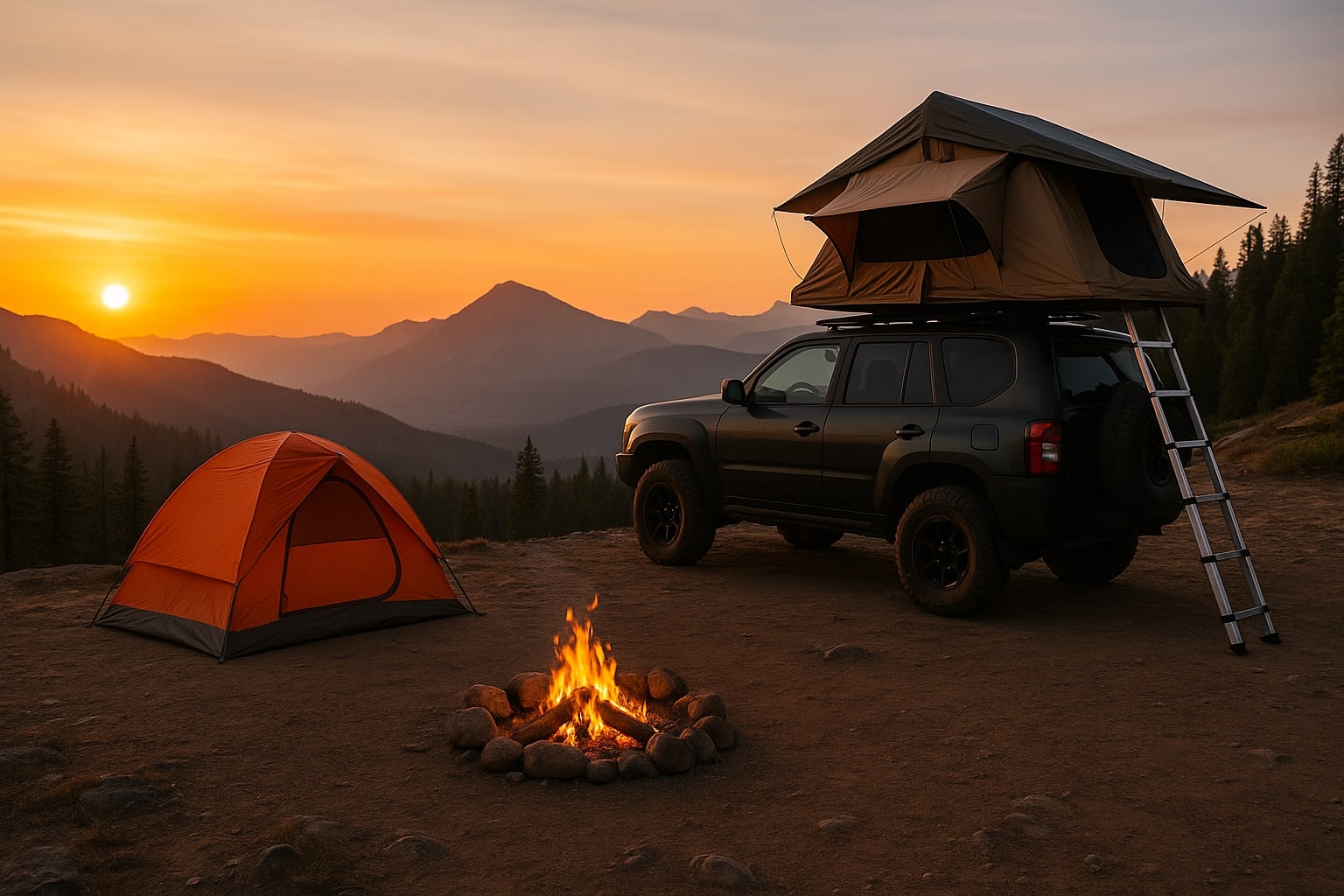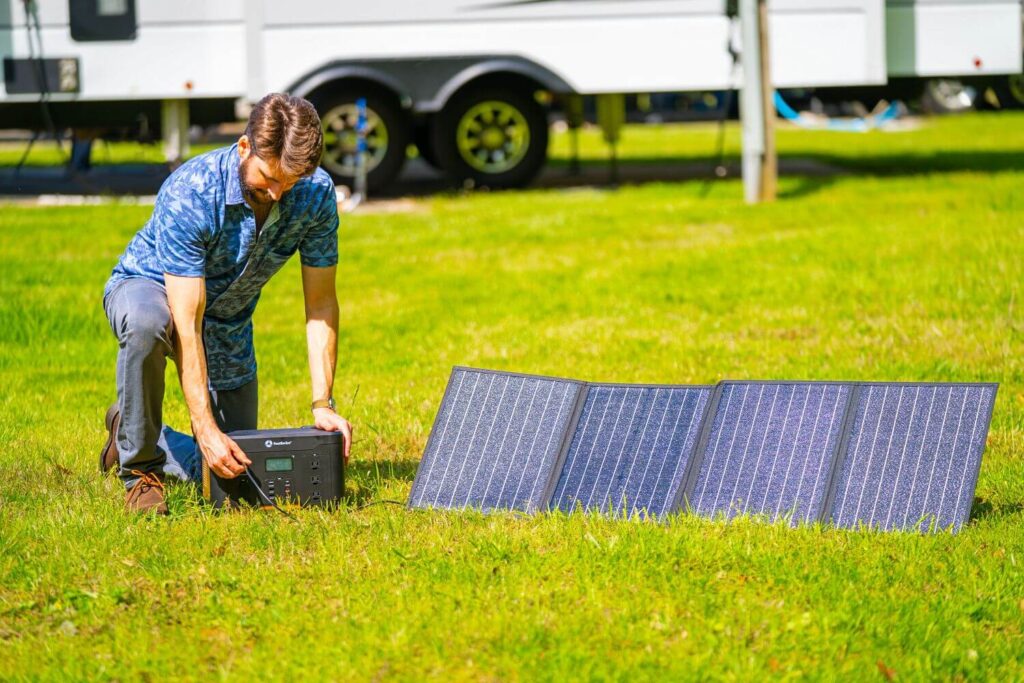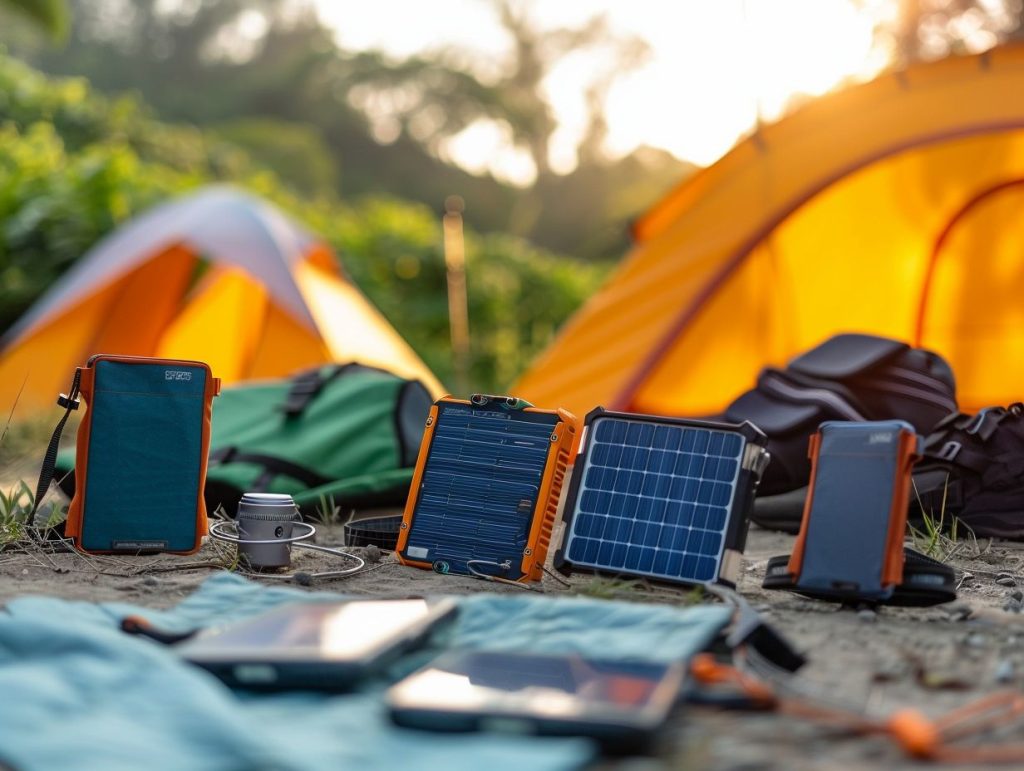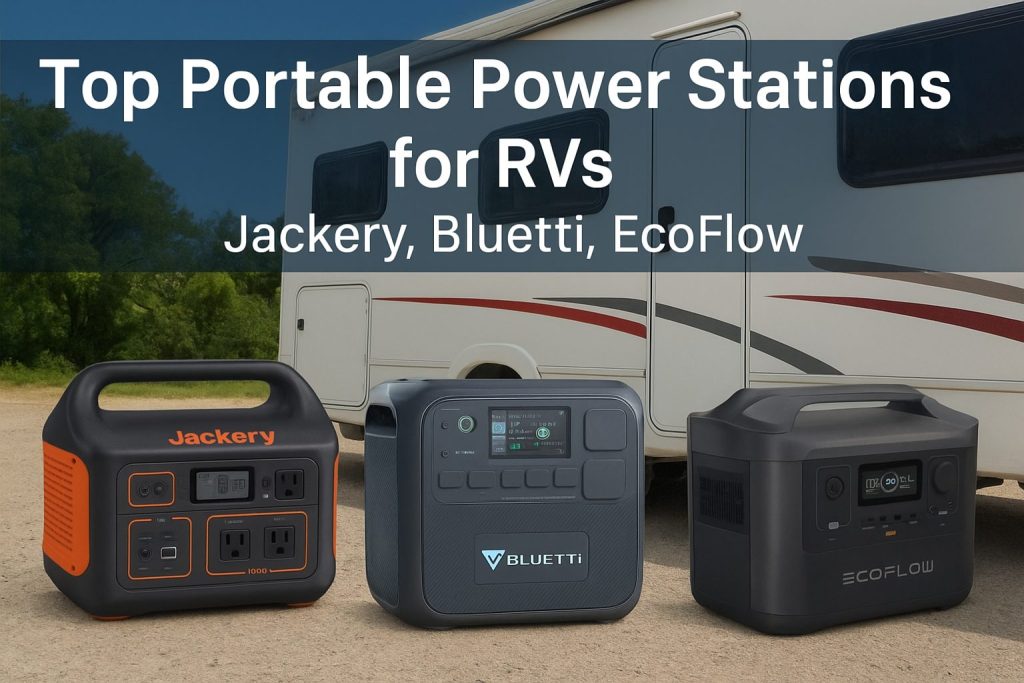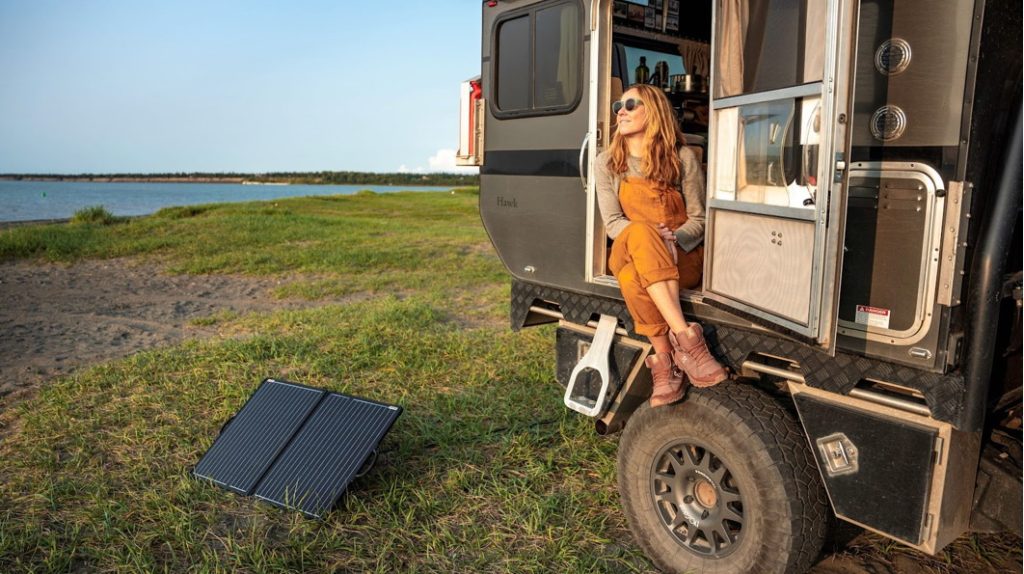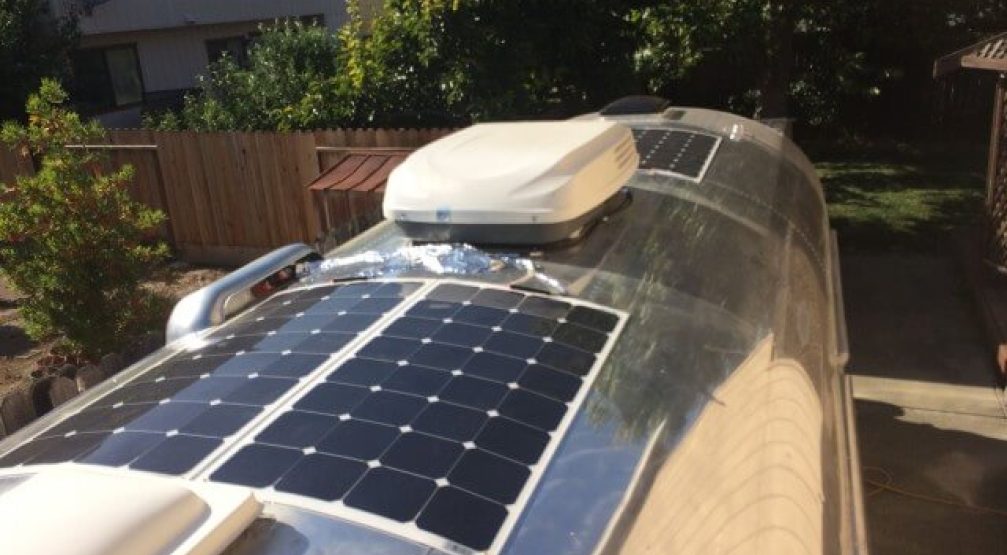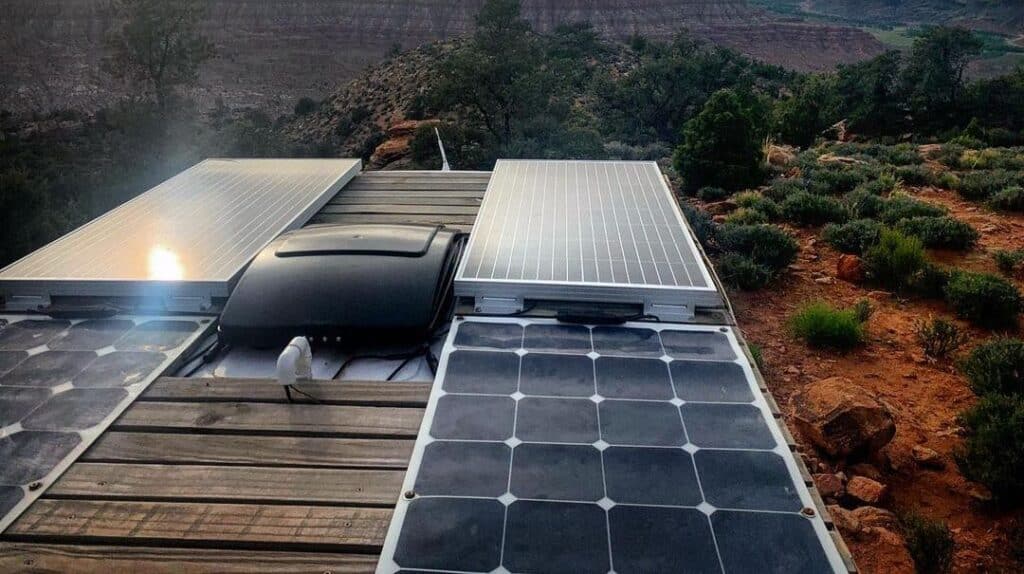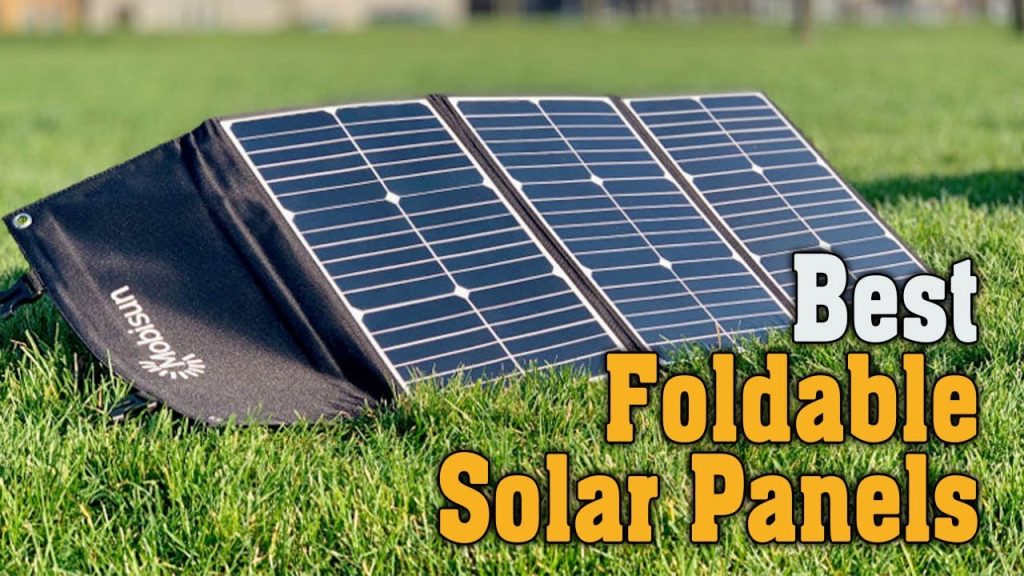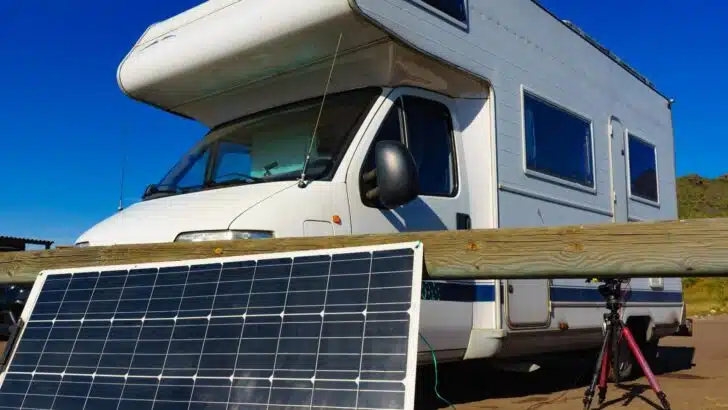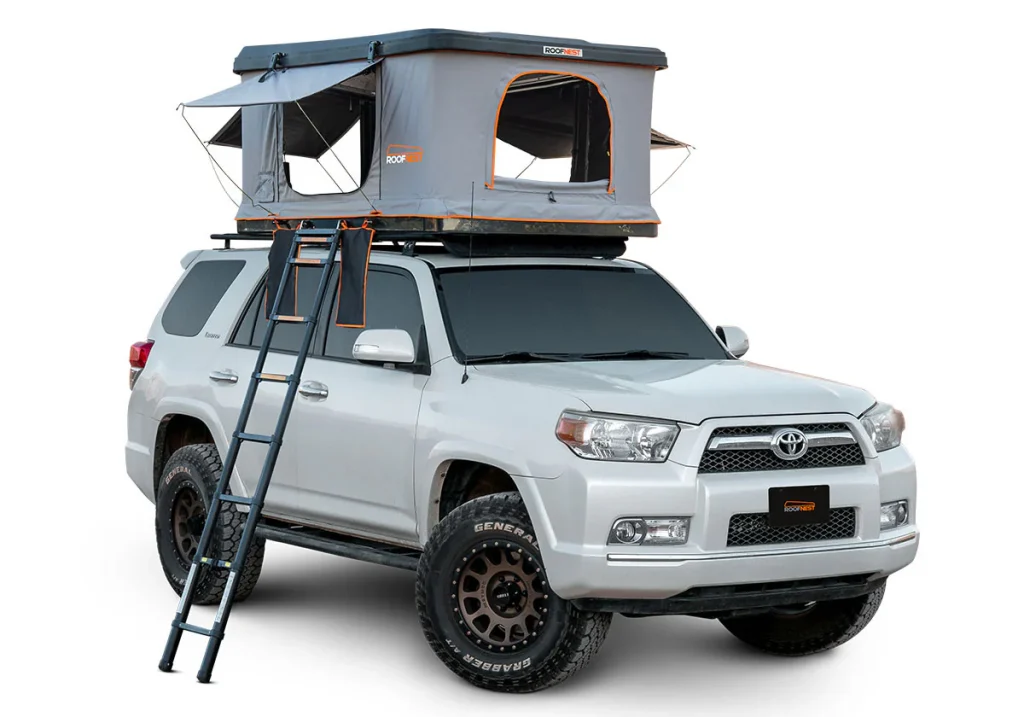Overlanding is more than just a road trip—it’s a self-reliant adventure that often takes you off-grid for days or even weeks at a time. While gear like recovery tools, navigation systems, and cooking setups often take center stage, one crucial element can make or break your trip: your sleep system. A restful night’s sleep is not a luxury—it’s a necessity for staying alert, comfortable, and safe on the trail. The right overlanding sleep system ensures you wake up refreshed and ready to tackle whatever the day throws your way, whether it’s a long off-road drive, a steep hike, or setting up camp in unpredictable weather.
Choosing a suitable sleep setup depends on several factors, including your vehicle type, terrain, travel style, and climate. From rooftop tents to minimalist SUV platforms, understanding the different options and how they align with your needs is key to making the right investment.
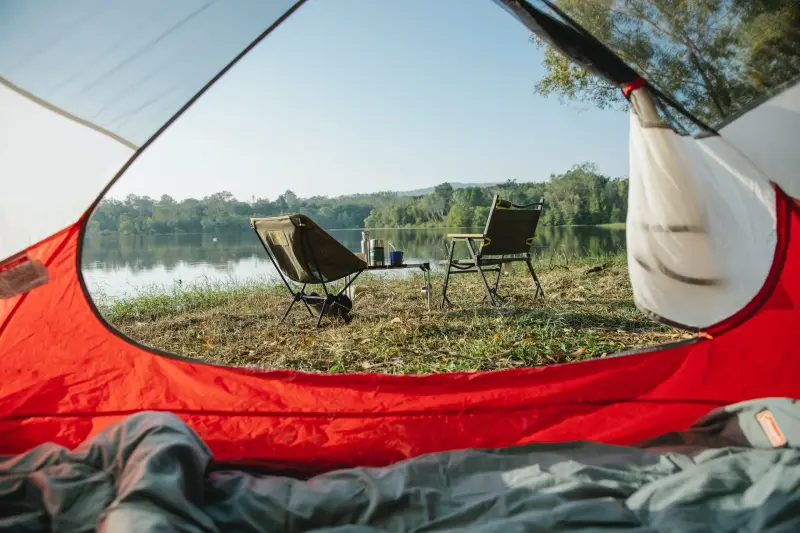
Why Overlanding Sleep System Matters
Importance of Rest and Recovery During Multi-Day Overland Trips
Sleep is one of the most vital components of any successful overlanding journey. Unlike a one-night camping trip, overlanding often involves continuous days of physically demanding activities—long hours of driving, hiking, navigating, and managing camp tasks. Without adequate rest and recovery, fatigue can build up quickly, leading to poor decision-making, irritability, and even safety risks on rugged trails.
How Comfort and Insulation Affect Performance and Safety
A comfortable, well-insulated sleep system not only enhances rest but also helps regulate body temperature in varying climates. Whether you’re camping in freezing alpine elevations or scorching desert flats, proper insulation—measured in R-values for pads or the temperature rating on your sleeping bag—can protect you from hypothermia or overheating. Comfort also reduces tossing and turning at night, allowing for deeper, uninterrupted sleep that boosts mental clarity and physical endurance.
Differences Between Car Camping and Overlanding Sleep Needs
While car camping and overlanding might seem similar, their sleep system requirements are quite different. Car camping usually takes place in designated campgrounds, often with access to amenities and the option to bring bulky gear. Overlanding, however, demands more mobility, faster setup times, and gear that can withstand remote and rugged conditions. Overlanding sleep systems must be space-efficient, quick to deploy, and resilient to unpredictable environments. That’s why understanding these differences is crucial before selecting your setup.
Types of Overlanding Sleep Systems
Choosing the right overlanding sleep system depends on your vehicle, terrain, weather conditions, and travel style. Below are the most common types of sleep systems used by overlanders, each with its own advantages and trade-offs.
Roof-Top Tents (RTTs)
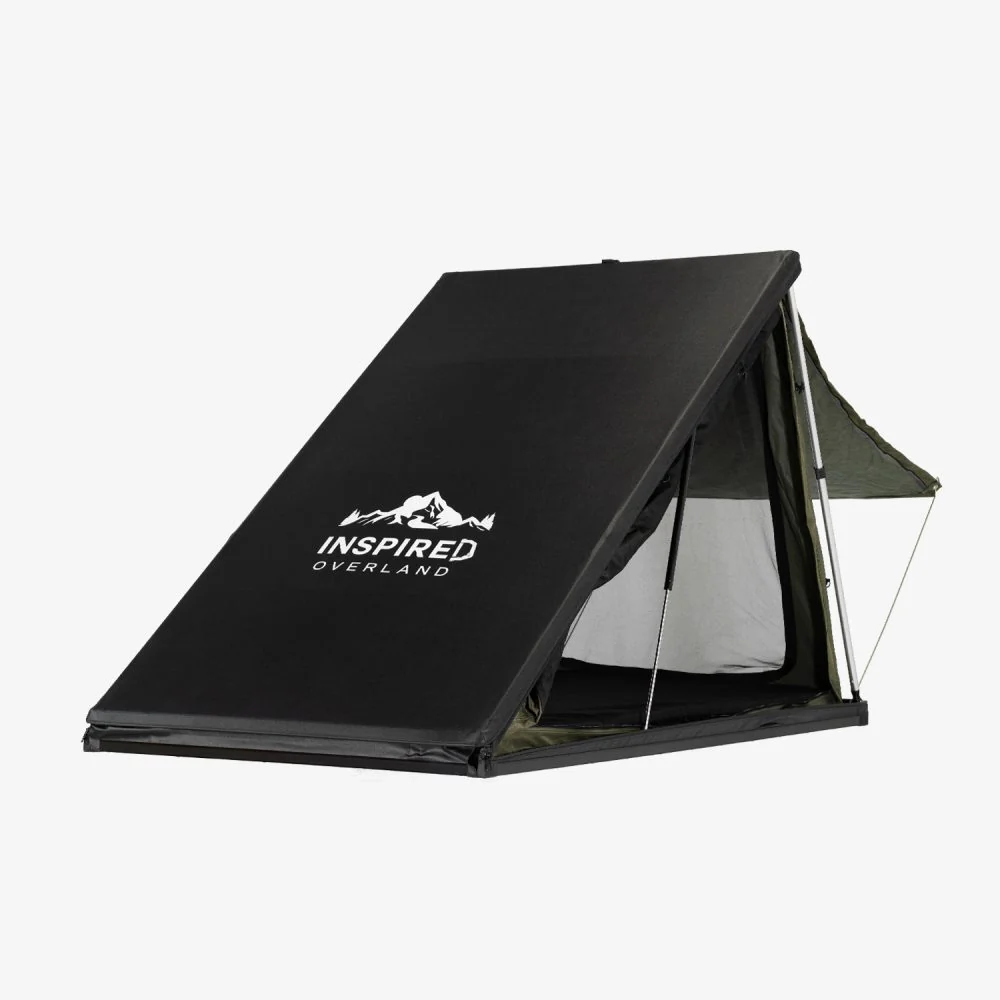
Roof-top tents are mounted on your vehicle’s roof or bed rack and are designed for fast setup and convenience. They come in two main styles:
-
Hard Shell RTTs – These have a rigid exterior that pops up or flips open. They’re more aerodynamic and faster to set up.
-
Soft Shell RTTs – These resemble traditional tents with a fold-out design and fabric walls, offering more internal space but slightly longer setup times.
Pros:
-
Off-ground sleeping offers protection from uneven terrain, bugs, and small animals
-
Quick and easy setup/takedown
-
Excellent for rugged or wet environments
Cons:
-
More expensive than ground-based options
-
Susceptible to wind noise and sway
-
Increases vehicle height, affecting fuel efficiency and clearance
Ground Tents
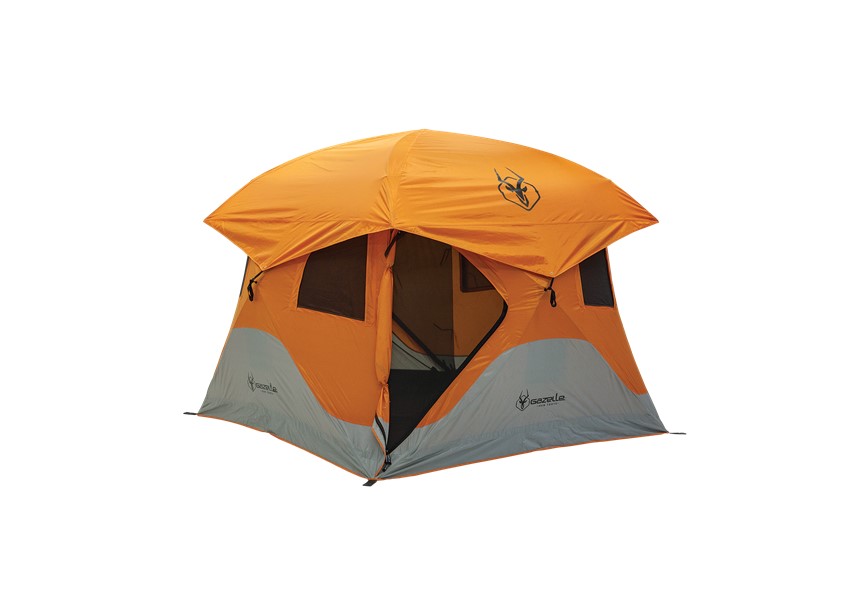
Ground tents are the most traditional sleep system and are available in countless designs—from budget backpacking tents to specialized overlanding tents with rugged materials and extended vestibules.
Pros:
-
Budget-friendly and widely available
-
Highly versatile and easy to upgrade
-
Doesn’t require roof racks or specific vehicle types
Cons:
-
Requires level ground and may be vulnerable to water or mud
-
Can take up valuable cargo space
-
Longer setup and breakdown time
Truck Bed Systems
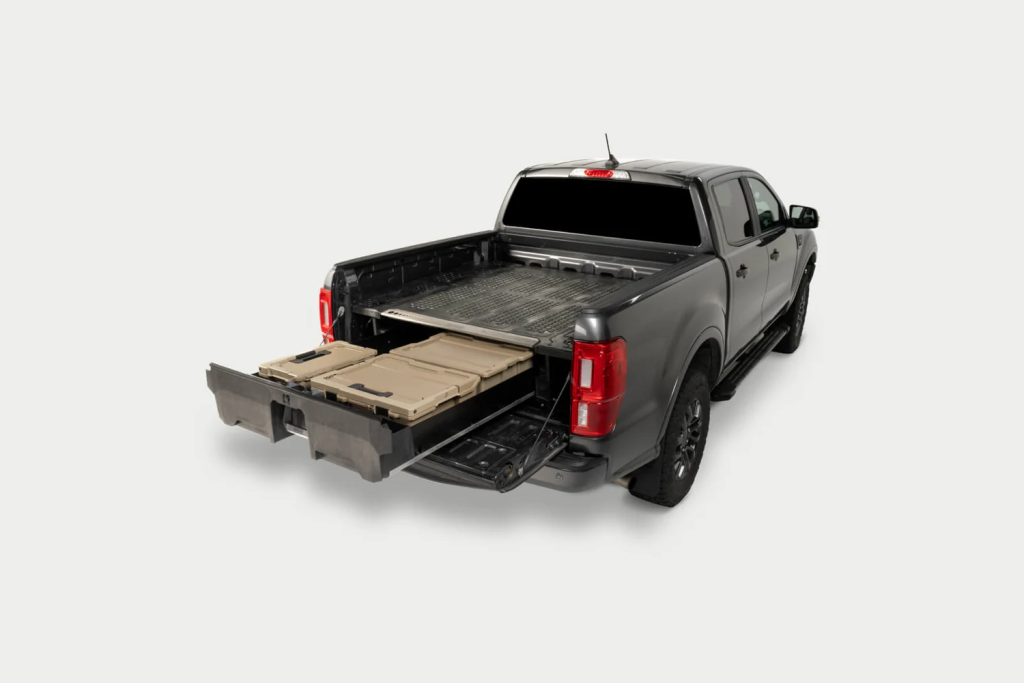
Truck bed sleep setups include slide-in campers, canopies with sleeping platforms, or custom-built setups in the bed of a pickup.
Pros:
-
Elevated and weatherproof sleeping space
-
Secure gear storage and shelter in one unit
-
Good long-term investment for frequent travelers
Cons:
-
Reduces flexibility for cargo hauling
-
Higher upfront cost
-
Limits the truck’s use for non-camping purposes
SUV Sleep Platforms

For overlanders using SUVs, fold-flat seats or custom sleep platforms create a simple, stealthy sleep area inside the vehicle.
Pros:
-
Low-profile and discreet, ideal for stealth camping
-
Quick setup and tear-down
-
Eliminates the need for exterior tent setups
Cons:
-
Space is limited, especially for tall people or multiple travelers
-
Poor ventilation can lead to condensation
-
Can feel cramped in extreme weather conditions
Hammocks (with Bug Net & Tarp)
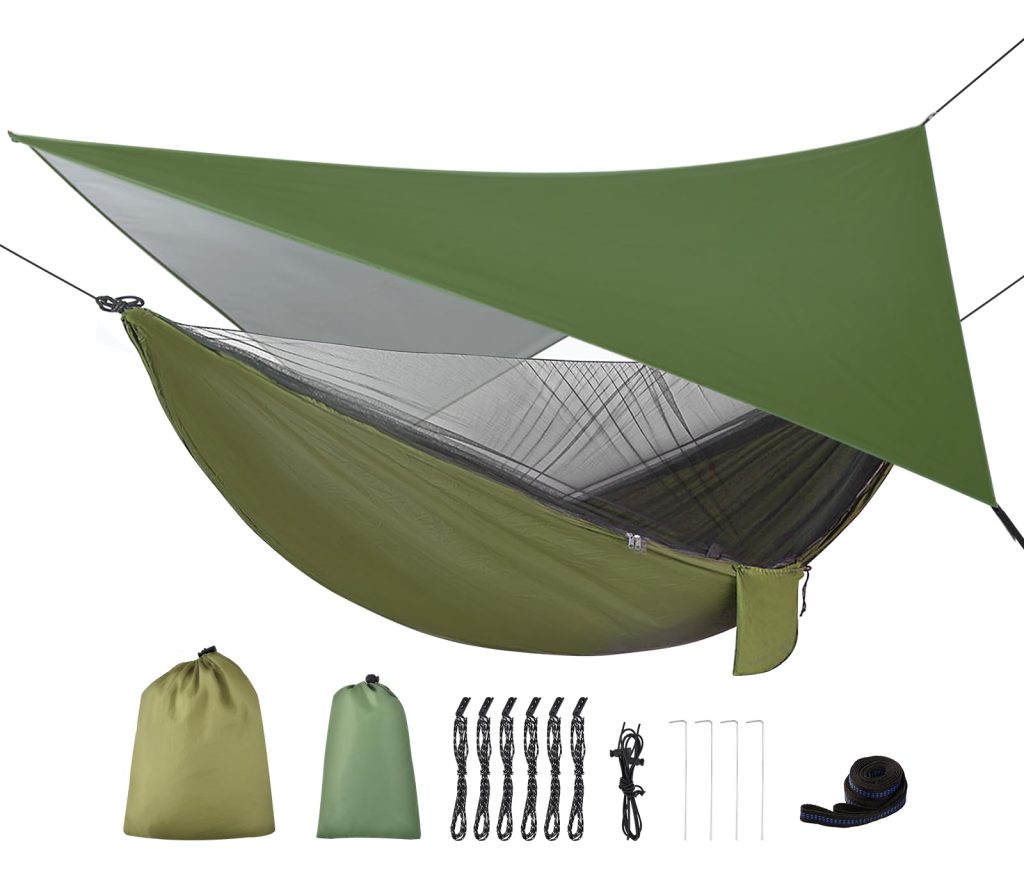
Hammock setups are ultralight, ideal for wooded areas, and usually come with accessories like bug nets and rain tarps for protection.
Pros:
-
Extremely lightweight and packable
-
Quick to set up between trees
-
Great airflow for hot, humid climates
Cons:
-
Requires well-spaced trees to hang
-
Not suitable for treeless, cold, or windy environments
-
Less insulation unless paired with underquilts or pads
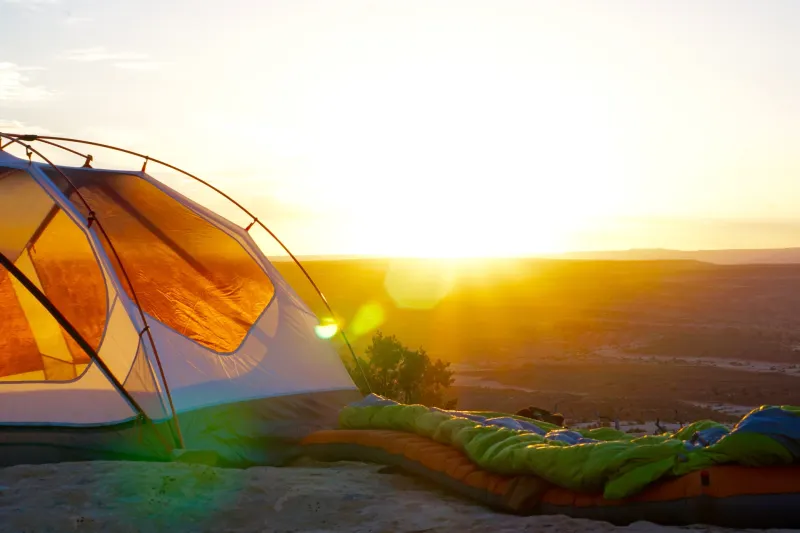
Key Factors to Consider When Choosing a Sleep System
Selecting the right overlanding sleep system involves more than just personal preference. It’s about matching your setup to the conditions you’ll face and how you travel. Here are six essential factors to guide your decision:
1. Terrain and Environment
Your typical overlanding destination plays a big role in determining the best sleep system.
-
Forested areas may support hammocks and ground tents.
-
Deserts require gear that resists fine sand and intense UV exposure.
-
Rocky terrain may not allow for ground-based setups, making rooftop or vehicle-integrated systems preferable.
-
Elevation and cold climates demand systems with strong insulation and wind protection.
Also, consider weather resistance. High winds, rain, or snow can expose weaknesses in your shelter. Look for systems with durable fabrics, strong pole structures, and reliable waterproofing.
2. Vehicle Type and Storage Space
The size and layout of your vehicle will directly influence what kind of sleep system is practical.
-
Compact SUVs often work well with internal sleep platforms or soft RTTs.
-
Pickup trucks offer bed setups or slide-in campers.
-
Vans provide more interior space for permanent beds and storage integration.
Think about internal storage capacity vs. reliance on roof racks or trailers. A minimal sleep setup frees up room for other essential gear like food, water, and recovery equipment.
3. Budget and Long-Term Use
Overlanding gear varies widely in price.
-
Ground tents are typically the most budget-friendly.
-
RTTs and truck campers require a bigger initial investment but offer long-term comfort and weather protection.
Also consider durability and resale value. Higher-end setups may last longer and retain value if you decide to upgrade or switch vehicles.
4. Setup and Breakdown Time
Ease of setup matters—especially after a long day of travel.
-
If you’re traveling solo, a quick-deploy RTT or SUV sleep platform can be a game-changer.
-
Group trips might justify more complex tent setups with multiple compartments.
Evaluate how much time and energy you’re willing to spend setting up camp each night. If you’re covering a lot of miles daily, simplicity is key.
5. Comfort and Insulation
Sleep quality should never be an afterthought. Look for:
-
Mattress thickness or inflatable pads that offer real support
-
R-value ratings on pads, which indicate their insulating effectiveness
A comfortable system will help you sleep deeply and recover faster—critical for safe, enjoyable overland travel.
6. Ventilation and Bug Protection
Proper airflow can prevent condensation buildup and overheating inside your sleep system.
-
Features like mesh windows, adjustable vents, and double zippers promote airflow.
-
For humid or buggy environments, bug netting is essential for comfort and health.
Consider how well the system handles moisture control, especially in cooler climates where condensation can become a serious problem.
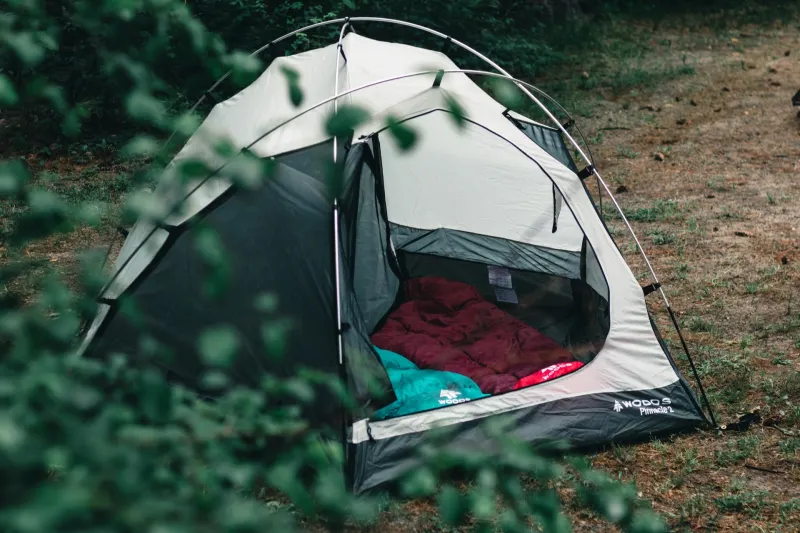
Overlanding Sleep System Recommendations by Travel Style
There’s no one-size-fits-all solution when it comes to overlanding sleep systems. The best setup depends on how often you travel, who you travel with, and your personal preferences. Below are recommendations tailored to different overlanding styles.
Weekend Overlanders
Recommended Sleep Systems:
-
Simple ground tents
-
SUV sleep platforms
Weekend warriors often prioritize simplicity and speed. A compact ground tent or a basic SUV sleep platform can be ideal for short trips where setup time and gear weight need to be minimal. These options are budget-friendly and easy to pack, offering just enough comfort without overcomplicating your gear list.
Full-Time Overlanders
Recommended Sleep Systems:
-
Rooftop tents (RTTs)
-
Truck bed campers or slide-ins
Full-time overlanders need long-term reliability, comfort, and protection from the elements. Hard-shell RTTs and truck campers offer insulated sleeping quarters, better weather resistance, and integrated storage. These setups may cost more, but they provide a home-like sleep experience during extended journeys through varied terrain.
Solo Travelers
Recommended Sleep Systems:
-
Hammocks with bug net and tarp
-
Minimalist SUV platforms
For solo travelers, a compact, low-profile setup is key. Hammocks are perfect for forested areas, offering excellent ventilation and minimal weight. Alternatively, folding down the rear seats of an SUV or using a custom platform creates a stealthy and quick-to-deploy solution for sleeping inside your vehicle.
Family Overlanders
Recommended Sleep Systems:
-
Large ground tents with multiple compartments
-
Hybrid RTT + annex room setups
Families need room to spread out. Multi-room ground tents allow separate sleeping areas and storage for kids, pets, and gear. For those with roof space and larger vehicles, a rooftop tent with an annex room below creates a comfortable, multi-level sleeping space that keeps everyone close and protected from the weather.
4 Best Sleeping Pads for Overlanding and Car Camping (Additional Tips)
A high-quality sleeping pad can make all the difference between tossing all night and waking up refreshed for the road ahead. Below are four of the best sleeping pads specifically designed for overlanders and car campers, striking a balance between comfort, insulation, and packability.
1. Therm-a-Rest LuxuryMap Sleeping Pad
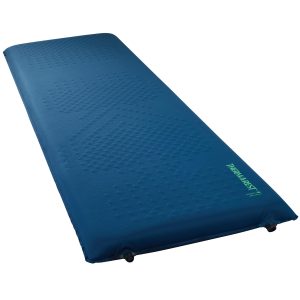
The Therm-a-Rest LuxuryMap is designed for campers who don’t want to compromise on comfort. It uses pressure-mapped foam to provide support where it’s needed most, making it ideal for overlanders seeking a plush, hotel-like sleep experience.
Key Features:
-
Self-inflating for ease of setup
-
3 inches of cushioning with premium foam
-
R-value of 6.0 for excellent insulation
-
Soft, stretch-knit fabric top
Best For: Full-time overlanders or basecamp setups where space isn’t a major constraint.
2. Nemo Quasar 3D Lightweight Insulated Sleeping Pad
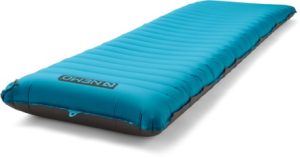
The Nemo Quasar 3D is a lightweight and compact option that doesn’t sacrifice comfort. With 3D baffles and built-in insulation, it provides great support while keeping you warm in cooler climates.
Key Features:
-
Insulated with Primaloft® for 3-season use
-
Gently curved design cradles the body
-
Includes a built-in pump sack
-
Packs down small for easy storage
Best For: Solo overlanders or minimalist setups where weight and pack size matter.
3. Therm-a-Rest Z Lite Sol Sleeping Pad
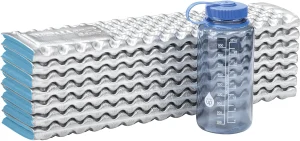
For overlanders who prioritize simplicity and durability, the Z Lite Sol is a closed-cell foam pad that excels in rough, cold environments. It won’t pop or deflate, making it a reliable backup or ultralight solution.
Key Features:
-
Reflective ThermaCapture™ coating boosts warmth
-
R-value of 2.0, good for mild to moderate cold
-
Lightweight and folds accordion-style
-
Virtually indestructible and no inflation required
Best For: Backup insulation, hammocks, or ultralight weekend setups.
4. Exped Widget Pump
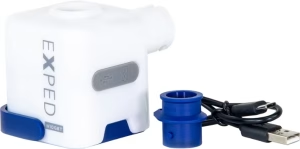
While not a sleeping pad itself, the Exped Widget is a must-have accessory for inflating Exped air mattresses and similar sleeping pads. It also doubles as a lantern and power bank, making it a smart multi-use tool for any overlander’s sleep setup.
Key Features:
-
Inflates pads in 3–4 minutes
-
USB-C rechargeable with 3600 mAh capacity
-
Provides soft LED light at night
-
Compact and lightweight
Best For: Overlanders using inflatable sleeping pads who want a quicker, quieter, and more efficient inflation method.
Must-Have Accessories for Better Sleep
Even the best sleep system can fall short without the right accessories. To ensure a restful night under the stars, consider adding these essentials to your overlanding gear.
Sleeping Bags or Quilts (Temperature-Rated)
A high-quality sleeping bag or quilt matched to the expected temperature range is critical. Look for:
-
Temperature ratings appropriate for your destination
-
Down or synthetic insulation, depending on moisture exposure
-
Mummy-style bags for cold weather, or quilts for more freedom of movement
Sleeping Pads or Inflatable Mattresses
Sleeping pads aren’t just for comfort—they also provide insulation from the ground or air. Choose based on:
-
R-value for warmth
-
Thickness for comfort
-
Inflatable vs. self-inflating vs. foam, depending on your setup and storage space
Camp Pillows and Blankets
Don’t underestimate the value of a good pillow and an extra blanket:
-
Compressible or inflatable camp pillows save space but add comfort
-
Fleece or synthetic blankets add warmth on cold nights or serve as standalone covers in warmer climates
Thermal Liners and Moisture Barriers
Thermal liners can increase your sleeping bag’s warmth rating, while moisture barriers protect your pad or bag from dampness. These are especially useful in cold or wet environments where condensation is a concern.
Portable Heaters (for Cold Weather Trips)
In extremely cold conditions, safe, portable heaters can keep your sleeping area warm. Always prioritize:
-
Ventilation to avoid carbon monoxide buildup
-
Battery- or propane-powered models rated for enclosed spaces
Earplugs and Eye Masks
When camping in windy areas, near others, or under bright skies, earplugs and eye masks can help block out distractions and improve sleep quality.
Final Thoughts
Choosing the right overlanding sleep system is about balancing comfort, mobility, and your unique travel style. Whether you’re a weekend explorer, a solo adventurer, or part of a full-time traveling family, your sleep setup directly impacts your health, safety, and enjoyment on the road.
Before heading out on a major trip, test your system during short excursions to ensure it works well in your expected conditions. Make adjustments for insulation, ventilation, or convenience as needed.
In the end, prioritizing sleep quality means you’ll wake up energized and ready to embrace the wild—day after day.
Read More: Buyer’s Guide: Communication Devices for Overlanding

